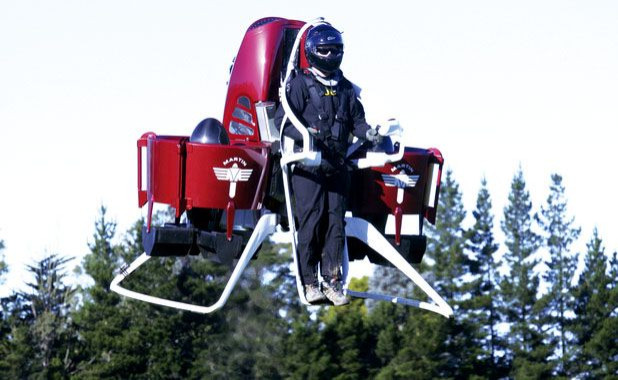New Zealand-Based Company Introduces World's First 'Practical Jet Pack' [VIDEO]

With the ever-increasing popularity of drones, which are designed to do man’s aerial bidding, some have asked, "Whatever happened to jet packs?"
In the early 1960s, jet packs appeared frequently in the science fiction of the day. During this period, the James Bond movie "Thunderball" was released. In the film, Sean Connery flies through the air while attached to one. However, around the same time, the U.S. army decided that jet packs had no practical value because they were unreliable, hard to fly and couldn’t go very far.
Since then, not much has changed.
Or has it?
Recently, a New Zealand-based company built a jet pack that it claims has a real, practical use. Martin Jet Pack, which made the claim, says its jet pack can operate for more than 30 minutes at speeds of 74km/h and can reach an altitude of 800 feet. The company says its jet pack is easy to control and could represent the future of everyday jet packs.
The New Zealand Civil Aviation Authority has granted the company permission to continue testing the jet pack, and it has classified the jet pack as a Class 1 microlight aircraft.
Rather than using hydrogen peroxide fuel, which is dangerous and led to many deaths and failures in years gone by, the Martin jet pack uses two twin ducted fan engines powered by a V4, 200-horsepower engine.
It also comes with a parachute.
© Copyright IBTimes 2024. All rights reserved.






















